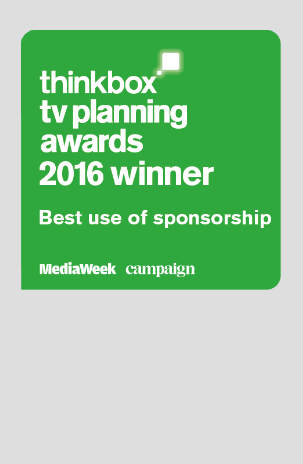
Newspapers have had a hard time of it this year. Despite the Brexit boost, which has seen many news brands break records for online traffic and millions more papers sold, many titles are still worse off than they were this time last year.
The Sun’s circulation was down 3.5% year-on-year in June, the Daily Mail -4.8% and the Mirror -10%, meaning over 85,000 fewer copies of this title alone left the shelves compared to last year. The Times and the Sunday Times grew 15% and 5.5% respectively in the same period, but around 110,000 more free bulk copies were distributed between them to increase circulation, so this doesn’t necessarily mean the titles are selling well.
With calls to stop the press –and with The Independent going through with it –news brands have had to innovate to stay relevant. The latest attempt to keep the paper boy in the job is one of the most innovative yet. For years, the same newspapers have been going to print every day of the week, but now the latest trend –the ‘pop-up newspaper’ –is to print a paper for a limited period of time, then take it off the shelves.
Archant news group this month announced the launch of pop-up paper The New European, a weekly title aimed at the remain-voting public, with a cover price of £2. The publishing company explained from the outset that the title would only go to print each week as long as the demand was there, and it’s paid off –with an estimated 40,000 copies of the last edition sold, The New European is going to print again this week.
One-off print titles have been seen before;fanzines and single issue magazines focusing on niche trends have been around for a while. However, for the national print market, this represents a huge step change. For years, news brands have been boosting their website traffic in the hope of combatting falling circulation figures, but now they’re reinvesting in the printed product.
For advertisers, this represents an exciting opportunity. Brands can appear in a highly relevant environment, in a paper for readers with specific views, interests and hobbies. This also means that advertisers could have the chance to reach an audience not otherwise convinced by –and therefore not able to be reached through –traditional newspapers.
Appearing in a pop-up paper, brands will likely achieve a strong share of voice and opportunity for impact, potentially before any of their competitors have even had the chance to read up on the latest pop-up to come to the market.
However, as with many high-reward opportunities, there are risks involved. Buying into a pop-up is a step into the unknown. Even the publishers might not be able to predict how well the title will sell, or how long it will be on the shelves for. In a traditionally slow-moving market, brands need to act quickly if they want to get involved; if they hesitate, the title could be off the shelves already.
Cynics will say that The New European has branded itself a pop-up paper to avoid embarrassment if the title doesn’t sell well –as with the New Day –but ultimately if the so-called pop-up paper can revive the print market, it’s a trend worth keeping your eye on.





Recent Comments